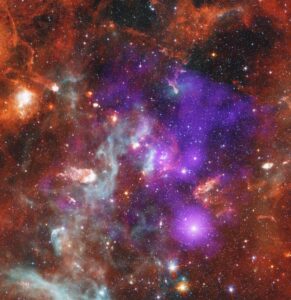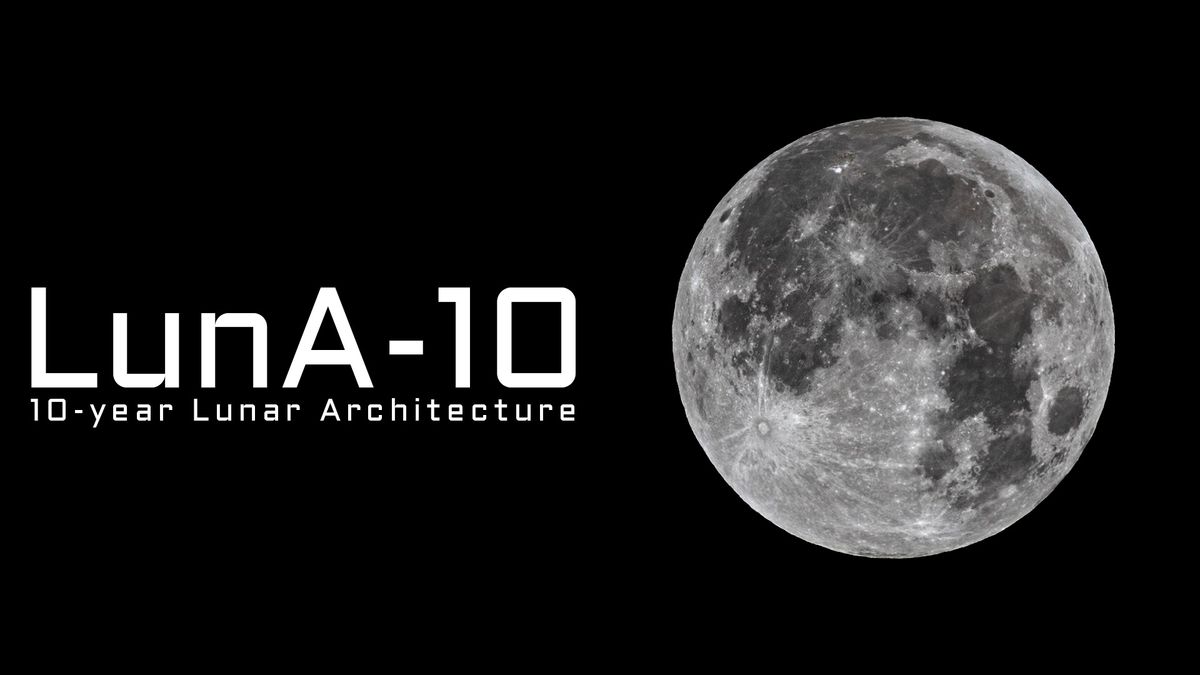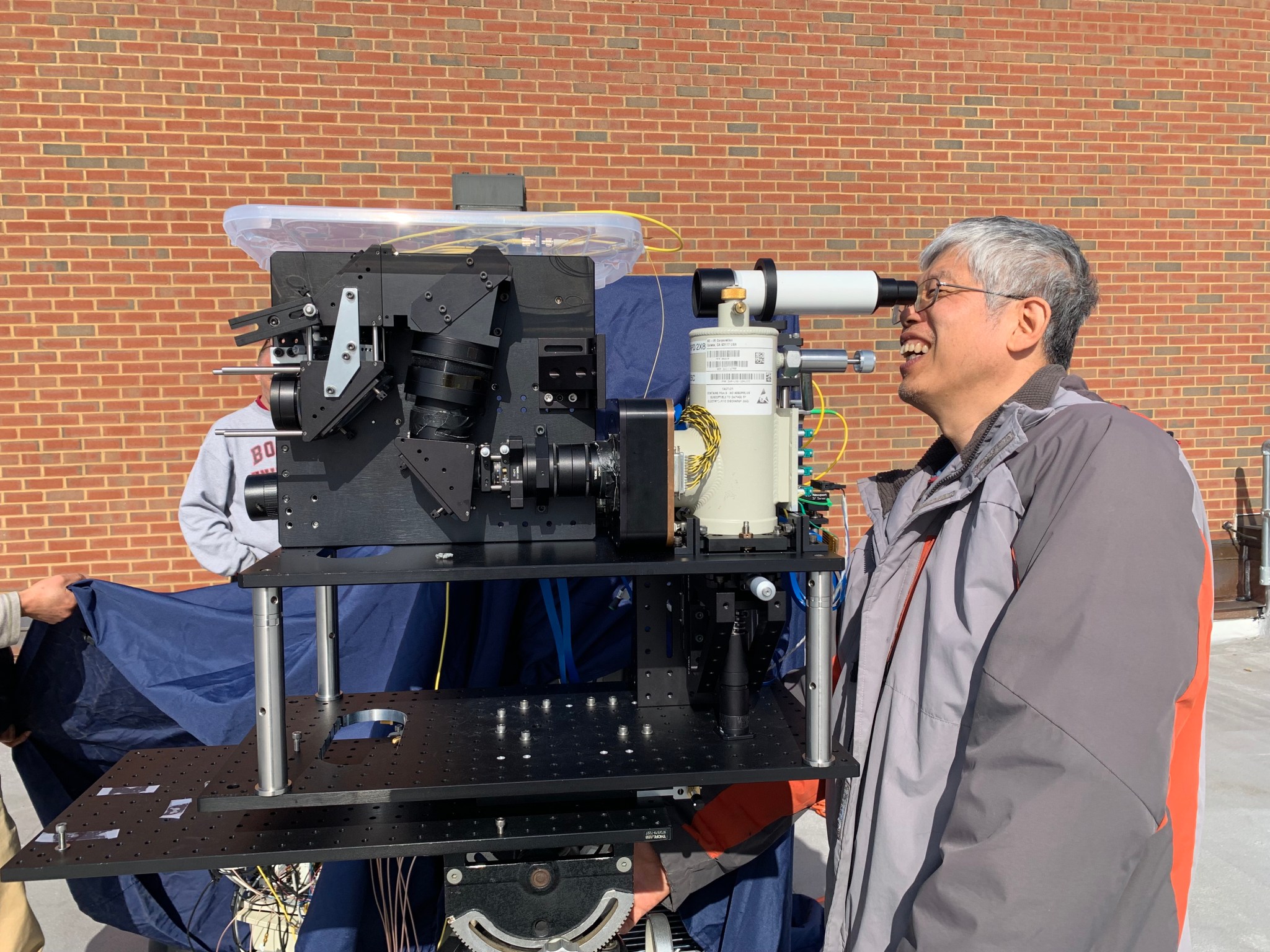3 min read It Takes a Village: Meaningful Collaborations to Broaden Participation in STEM The NASA Science Activation Program’s Planetary Learning Advancing the Nexus of Engineering, Technology, and Science (PLANETS) project team, led by Northern Arizona University, Engineering is Elementary, United States Geological Survey (USGS) Astrogeology, and WestEd, develops planetary science and engineering curricula for Out-of-School Time (OST) programs such as afterschool and summer camps. PLANETS is employing a co-design approach to optimize the curricula to broaden participation in Science, Technology, Engineering, and Mathematics (STEM) with a focus on multilingual…
Read MoreOcean Worlds Planetary Scientist Dr. Lynnae Quick
“I’ve come a long way from thinking, ‘Well, I did this whole dissertation on geysers, what it would take for them to erupt, for a spacecraft to see them, and that people might not take me seriously as a scientist because of it,’ to being on the Europa Clipper camera team involved in investigating these plumes and ensuring we can image them if they’re there. It’s a full-circle moment.” – Dr. Lynnae Quick, Ocean Worlds Planetary Scientist, NASA’s Goddard Space Flight Center
Read MoreDARPA picks Northrop Grumman to develop ‘lunar raiload’ concept
Railroads could open the moon to serious and sustained economic development, as they did in the American West in the late 19th century. That’s apparently the hope of the U.S. Defense Advanced Research Projects Agency (DARPA), which is supporting the development of a “lunar railroad” concept proposed by aerospace giant Northrop Grumman. “The envisioned lunar railroad network could transport humans, supplies and resources for commercial ventures across the lunar surface, contributing to a space economy for the United States and international partners,” Northrop Grumman representatives wrote in a press statement…
Read MoreFull Worm Moon brings 1st lunar eclipse of 2024 next week. Here’s how to see it
During the next two weeks, there will be two eclipses on the astronomical docket. The main event, of course, will be the Great North American Eclipse on April 8 that will stretch from the Pacific coast of Mexico, on to Texas and across southern and eastern portions of the United States and Atlantic Canada, before coming to an end over the north Atlantic Ocean. But two weeks before the total solar eclipse, during the overnight hours of March 24-25, it will be the moon’s turn to undergo an eclipse; a…
Read MoreA new ultrablack coating for telescopes could bring more stars into focus
The images we get these days from advanced telescopes, such as the James Webb Space Telescope, undoubtedly leave us in awe and wonder of galaxies that exist light-years away from Earth. But what if these pictures could be improved even more?Researchers from the University of Shanghai for Science and Technology and the Chinese Academy of Sciences hope they’re able to help with just that through their development of a thin, ultrablack film coating for aerospace-grade magnesium alloys. Think about it this way — when you want to see the stars…
Read MoreNASA to Select Lunar Terrain Vehicle for Artemis Missions
Artist’s concept of a Lunar Terrain Vehicle on the surface of the Moon. Credits: NASA NASA will host a news conference to announce the company, or companies, selected to move forward in developing the LTV (Lunar Terrain Vehicle), which will help Artemis astronauts explore more of the Moon’s surface on future missions. The televised event will take place at 4 p.m. EDT (3 p.m. CDT), Wednesday, April 3, at the agency’s Johnson Space Center in Houston. The news conference will air live on NASA+, NASA Television, the NASA app, and the agency’s website. Learn…
Read MoreNASA, Industry Improve Lidars for Exploration, Science
5 min read Preparations for Next Moonwalk Simulations Underway (and Underwater) NASA engineers will test a suite of new laser technologies from an aircraft this summer for Earth science remote sensing. Called lidar, the instruments could also be used to improve models of the Moon’s shape and aid the search for Artemis landing sites. Similar to sonar, but using light instead of sound, lidars calculate distances by timing how long a laser beam takes to reflect off a surface and return to an instrument. Multiple pings from the laser can…
Read MoreSketch the Shape of the Sun for Science During the Solar Eclipse
5 min read Sketch the Shape of the Sun for Science During the Solar Eclipse Calling all eclipse admirers! The SunSketcher team is looking for one million volunteers to capture photos on their cell phones during the April 8 total solar eclipse. These images will help scientists learn about the size, shape, and inner structure of the Sun. This NASA-funded citizen science project invites anyone who will be within the path of totality in the U.S. to take photos of the Baily’s Beads effect, which occurs when little points of…
Read MoreGemini VI Astronauts Thomas P. Stafford and Walter M. Schirra Jr.
Gemini VI astronauts Thomas P. Stafford (left), pilot, and Walter M. Schirra Jr., command pilot, are shown during suiting up exercises at Cape Kennedy, Florida.
Read MoreNASA Administrator, Health Secretary to Host Cancer Moonshot Event
NASA logo Editor’s note: This advisory was updated March 19, 2024, with a new start time for the Moonshot event. Media are invited to join NASA and Department of Health and Human Services leadership at 9:40 a.m. EDT on Thursday, March 21, at NASA Headquarters in Washington, to highlight how the agencies are making progress toward President Joe Biden and First Lady Jill Biden’s Cancer Moonshot initiative. During the event, NASA Administrator Bill Nelson and Health and Human Services Secretary Xavier Becerra will give remarks and are available for interviews…
Read More













